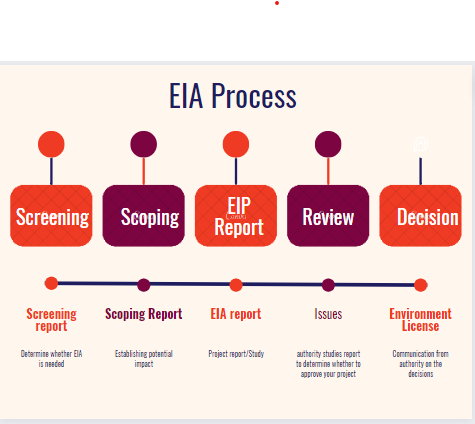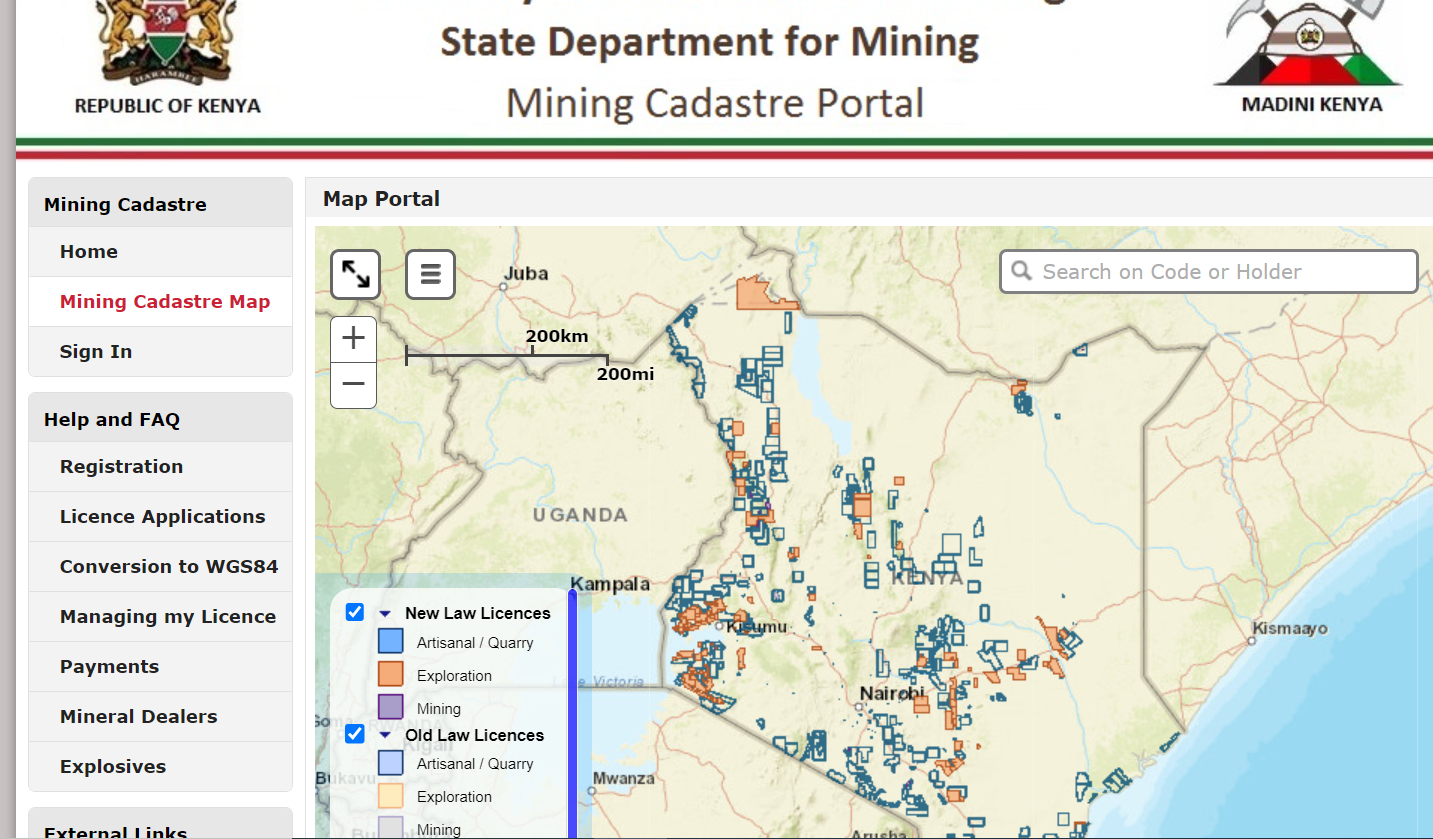
Environmental Impact Assessment (EIA) is a process that assesses the environmental implications of a proposed project. It is an important tool for decision-makers, as it can help to identify potential impacts and develop mitigation measures to reduce or avoid them. To be effective, EIA must be participatory, involving stakeholders at all stages of the process.
Environment Impact Assessment is involved early enough in project development. It helps us to make decisions and think of the most likely effects on the environment at the earliest possible time(planning stage). The goal is to prevent, lower or balance out those impacts.
It ensures that proposals are well understood before choices are made.
Contact Us for Environmental Impact Assessment
What’s involved – Stages of Impact Assessment
EIA has 5 primary phases. If an EIA is needed, an Environmental Assessment Impact Report will be composed and sent with the application for development permission. This makes sure you’re provided with an opportunity to be involved in decision-making. The environmental impact assessment steps include;
1. Screening:
Deciding if an EIA is needed. during this stage, the experts will look at the scale, risks, and depth of impacts. The authority will have a categorization of the project and the level of study that needs to be done. If the project is small and located in a place where it has less impact, then there is no need to carry out Environment Impact Assessment.
2. Scoping:
Deciding what requires to be covered in the assessment and reported in the ‘EIA Report’. the process of environment impact assessment involves determining what impacts exist, their severity, who they impact, how long they last, and whether they are reversible or irreversible. several EIA tools exist to help with the scoping process.
you can use a simple matrix in EIA to help with examining impacts. Such matrix include
3. Preparing the EIA Report:
The EIA report needs to include the most likely significant environmental effects of the development. The structure of the EIA report will vary from country to country and will mostly be covered by EIA regulations. To prepare an EIA report you will need to visit the project site. You may need to carry out a simple EIA report.
Baseline data
This is the data that you collect to determine the status of the site before the project is carried out. depending on the Nature of the projects, baseline information will include the status of the people who live in the project area. The data on water quality, air quality, and soil will inform the physical environment data.
In addition, you will need to have information on the biological environment where you collect data on biodiversity.
Public participation
Why is public participation important in EIA?
Public participation is essential in EIA for several reasons. First, it ensures that all stakeholders have a chance to voice their concerns and have input into the decision-making process. Second, it helps to build consensus and buy-in for the project, which is essential for its success. Finally, public participation can help to improve the quality of the EIA itself by providing valuable local knowledge and perspectives.
Without public participation, EIA would be an ineffective and potentially harmful exercise. Decision-makers would be operating in a vacuum, without the benefit of critical input from those who will be most affected by the project. In contrast, by involving the public in EIA, we can ensure that decisions are well-informed and take into account the needs and concerns of all stakeholders.
If the project is too big the authority will advise of a full EIA report otherwise known as a study.
4. Review Process
Making an application and consulting the development application and EIA Report application should be publicised. This will be determined method prescribed by law or depending on the media stakeholders use (including electronic advertisement). Interested parties and the general public should have an opportunity to provide their views on it
5. Decision-making;
EIA Report and any remarks made on it need to be taken into consideration by the qualified authority before they choose whether to provide approval for the development. The decision notice needs to be published.
Post decision
The proponent and the environment team start any tracking needed by the competent authority.
Stages of the EIA Approval
EIA has 5 primary phases. If an EIA is needed, an Environmental Evaluation Impact Report will be composed and submitted with the application for development consent.
In Kenya, there are three categories of projects in the latest EIA advancements. This ranges from small-scale agricultural, and medium-impact projects to significant infrastructure.
Who makes the EIA decisions?
Qualified authorities will decide whether to grant approval for a job. Information from the EIA procedure should be considered when making a choice. Remarks from statutory consultees and the affected public are also taken into consideration.
Decision-making EIA Report and all comments made on it need to be taken into account by the skilled authority prior to they decide whether to offer consent for the development. Info from the EIA process should be taken into consideration when making a choice.
Summary
Environmental Impact Assessment (EIA) is a tool utilized to examine the considerable results of a task or development proposition on the environment. Environmental impact assessment steps are important in identifying the impacts of projects as a risk management tool.
Read more on Aluminium recycling
Are you interested in Social responsibility? Read more on Trends in Corporate Social Responsibility





